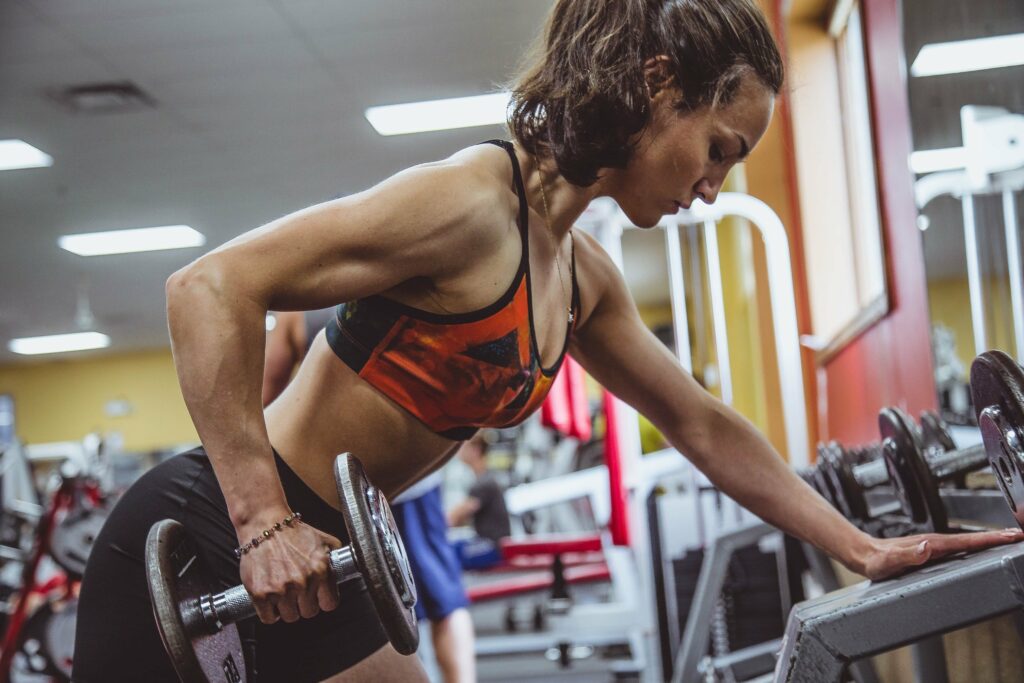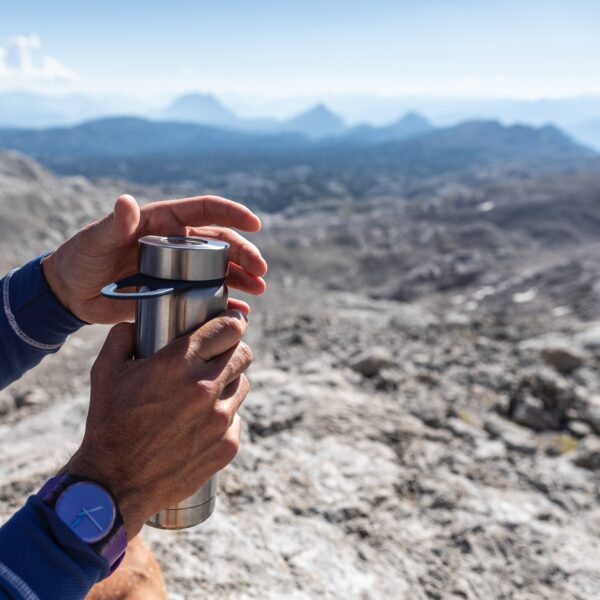Any workout programme that focuses purely on cardio, without at least a little resistance training, is prone to plateau, regression or just boredom.
Weight training is not just for those looking to build muscle mass, it has many other benefits such as helping you to burn fat, boost your metabolism and improve your strength to prevent injury. Follow this guide to your first time lifting weights.

Start with the basics
Your first few weeks lifting weights should be about a gradual increase in reps and resistance. Your focus should be on correcting your form and technique. Performing reps slowly is far more beneficial than rushing through a set because when you really feel the movement you fully activate all the working muscles. Starting with the basics and getting that correct form nailed down from the start will help you in the long run as you’re more likely to see progress than if you just ‘wing it’. It’s less about how much you put on the bar, and more about how you’re technique is when working with the bar.
Persistence is key
The key is to stay persistent. Start by incorporating a few weight sessions into your routine and you will see your performance across the board improve. The problem is that most people give up on weight training when they don’t see progress immediately. The reality is that you are unlikely to see results in the first 4 weeks, but you will definitely feel the changes happening. You’ll feel stronger day by day and before you know it you’ll see definition and toning. You can expect to start seeing results from weeks four to six, so keep going and hold yourself accountable.
Try this workout below twice a week until you feel comfortable progressing. It mixes free weights with machine exercises to ensure you learn the movement and develop good technique simultaneously:
1. Warm-up
Start with a 10-minute warm-up on the rowing machine or cross-trainer on a medium resistance. This will get the blood pumping around the body and wake up the muscles you’re going to be using. You should then stretch your body and loosen the muscles. Focus on stretching the following:
- Biceps
- Triceps
- Shoulders
- Hamstrings
- Quads
2. Lower body
Leg Press – 3 sets, 6-8 reps. Choose a weight that you can manage, and focus on having a controlled movement rather than very heavy weights.
Goblet Squat – 4 sets, 8-10 reps. Using a light kettlebell, hold it to your upper chest and lower yourself into a squat. Your feet should be just wider than shoulder width with your knees in line with your ankles – push your tailbone backwards and keep your chest high, squeezing your glutes to stand back up. It’s a hard skill to master but starting early will develop good habits for when you try heavier barbell squats.
3. Chest and shoulders
Push-ups – 3 sets, 6-8 reps. Place your hands, facing forwards, directly beneath your shoulders. With your head, neck and feet in a straight line, squeeze your chest until your arms are almost straight. You can adapt this to do a push-up from the knee (which I prefer).
Dumbbell press – 4 sets, 8-10 reps. Lie on a bench facing upwards with a dumbbell in each hand. With your elbows, 45° from your body press the dumbbells until your arms are almost straight. Count to two on both the up and down motion.
Shoulder press – 3 sets, 6-8 reps. Your shoulders are among the smallest muscles in the body so it pays to use a machine when you’re starting out. With your elbows facing slightly forward press upwards whilst keeping your head back.
4. Back and arms
Seated row – 3 sets, 8-10. Remember your warm-up? Using the seated row machine, pull the weight towards your stomach with your elbows tucked in. Remember to keep your shoulders, back and your core tight.
Lat pull down/pull ups (if you can!) – 4 sets, 4-6. This move should work your back more than your arms. Squeeze your back with your wrists loose – Imagine putting your shoulder blades in your back pocket and you’re partway there.


